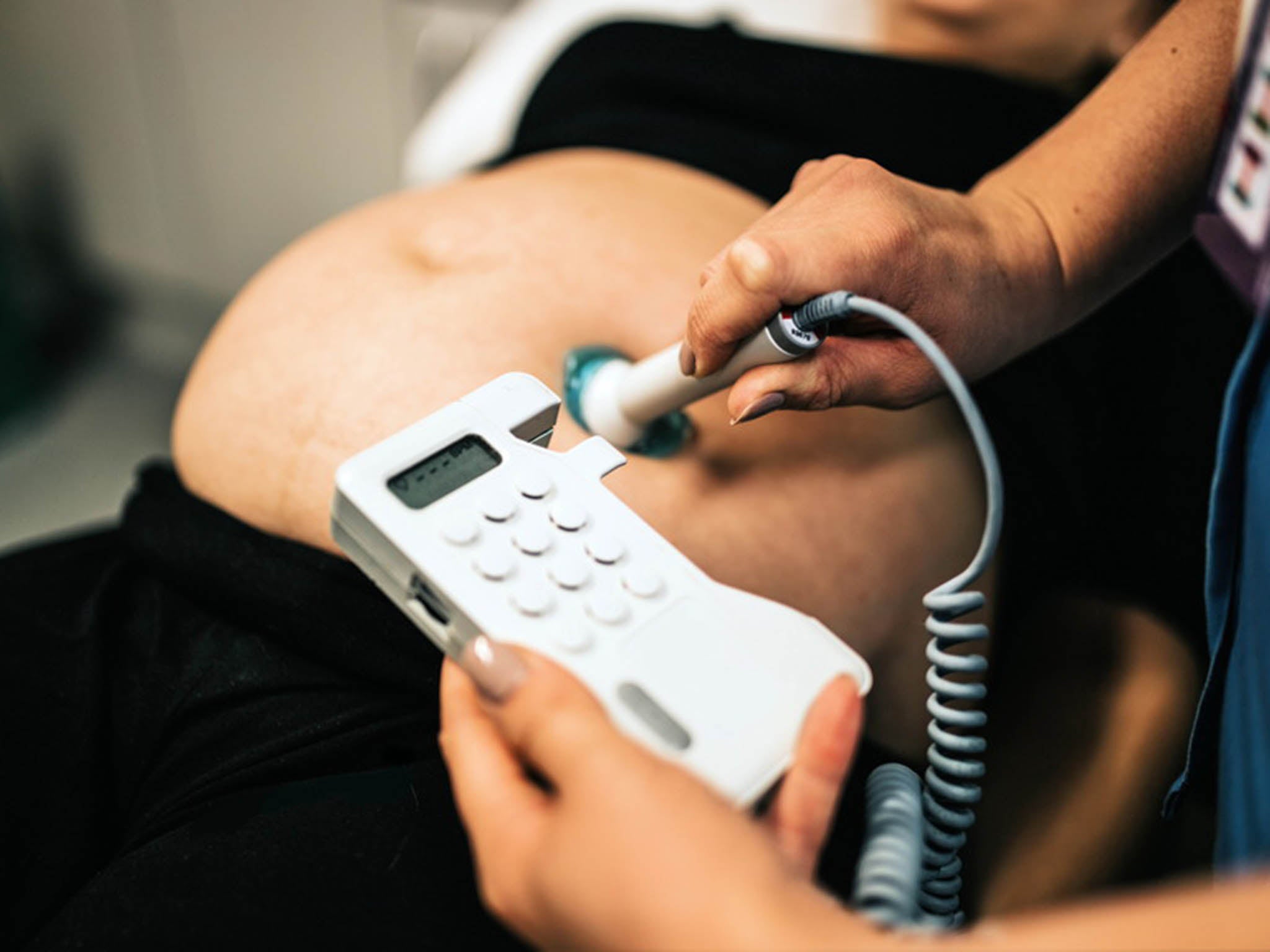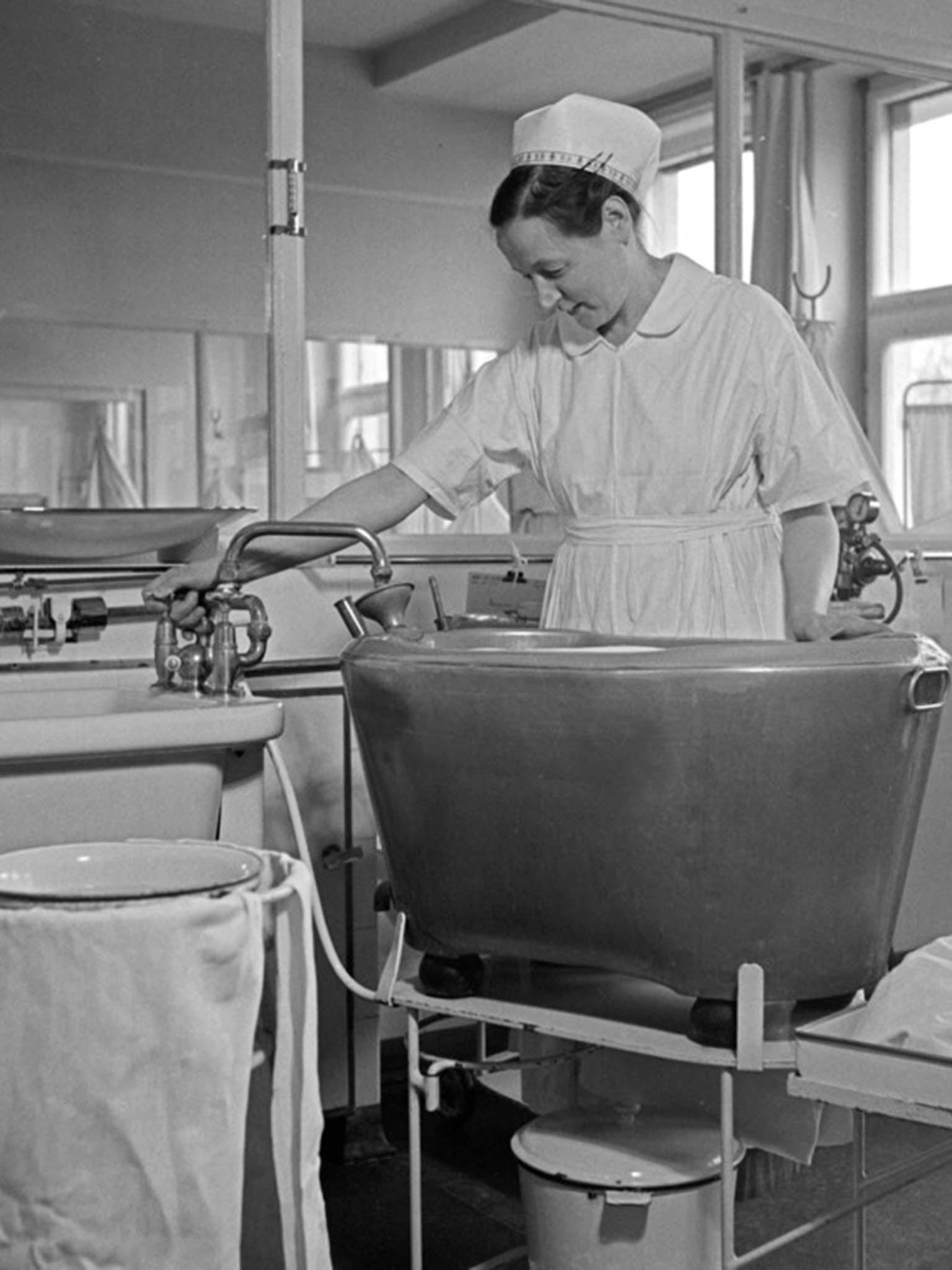Why UK midwives stopped the campaign for 'normal birth'
Society holds paradoxical views on childbirth, which can make the debate around it confusing

Your support helps us to tell the story
From reproductive rights to climate change to Big Tech, The Independent is on the ground when the story is developing. Whether it's investigating the financials of Elon Musk's pro-Trump PAC or producing our latest documentary, 'The A Word', which shines a light on the American women fighting for reproductive rights, we know how important it is to parse out the facts from the messaging.
At such a critical moment in US history, we need reporters on the ground. Your donation allows us to keep sending journalists to speak to both sides of the story.
The Independent is trusted by Americans across the entire political spectrum. And unlike many other quality news outlets, we choose not to lock Americans out of our reporting and analysis with paywalls. We believe quality journalism should be available to everyone, paid for by those who can afford it.
Your support makes all the difference.There has been much interest in the fact that the Royal College of Midwives (RCM) is no longer running its Campaign for Normal Birth. After 12 years of focusing on “normal birth”, the end of the campaign is not a kneejerk reaction to a specific event, but rather a natural progression. In any organisation – commercial or public – campaigns need to be revitalised and adjusted to serve a changing social and cultural environment.
It is also not a recent change as the Better Births Initiative had already succeeded the Campaign for Normal Birth in 2014. However, the RCM did not remove all references to the campaign from the website until May this year.
One key question is why the campaign was necessary in the first place. While appropriate interventions save lives, there is considerable evidence that too many women are having unnecessary interventions in childbirth. The consequence is disparities in care, with very high rates of intervention in some countries while in others women cannot get the interventions they need. For example, the caesarean section rate in urban Brazil exceeds WHO recommendations, but in others, such as rural Nepal, too few women can access this life-saving procedure.
Achieving a balance is clearly important, as too much intervention can also be harmful. A caesarean section is a major operation that comes with serious risks.
So what do we mean by a “normal” birth and who gets to decide what normal is? Normal is a socially constructed concept and therefore will be interpreted differently depending on the context. Normal can be seen as cultural – how a specific culture expects a person to behave. But normal can also be seen as statistical – something that is close to the average and within a normal range.
Paradoxical views
A sociological perspective may help here. Society holds paradoxical views on childbirth, where most people agree that pregnancy is not an illness. But at the same time we have come to expect health surveillance and a hospital birth. The “social model” maintains that pregnancy and childbirth are largely physiological events that occur in most women’s lives. Those following this model argue that pregnancy and childbirth do not normally need medical interventions.
The “medical model” portrays a very different view, namely that childbirth is potentially pathological, and therefore every woman is at risk when she is pregnant or in labour. A frequently heard expression is: “birth is only safe in retrospect”. If you believe this, it makes sense to argue that every woman should “deliver” in high-tech hospitals supervised by experts.
Everybody’s views will sit somewhere on a continuum between the medical and the social model. The challenge is to find a balance that is workable in society, but also in a particular maternity unit. It should be clear that an obstetric hospital is operating on the more medical model of the spectrum than the freestanding midwifery-led unit 20 miles away.
We live in rather a risk-adverse society. At a time in history where childbirth in the UK is at its safest (compared to 100 or 1,000 years ago), we intervene more than ever before, and often unnecessarily. Changing this perception of childbirth being risky, and our response to this, requires that birth is seen in society as a normal life event.

The Campaign for Normal Birth was one way of addressing the imbalance in maternity care, which in the UK had swung towards a more medical model of childbirth. However, the media also has an important role to play in this regard. For many women, the only opportunity they have to witness birth is on television, through programmes such as Channel 4’s One Born Every Minute. These programmes often feature dramatic stories that might make childbirth appear inherently risky and always requiring medical intervention.
Appropriate decision
One of the challenges with changing societal narratives is how any health message is conveyed. The term “normal birth” carries with it a value judgement. It follows that if you do not conform then you are not normal, and for many women (and partners) this could translate into a sense of failure. Hardworking midwives in the UK and across the globe aim to help women to have the best, evidence-based maternity care, which meets women’s needs and wishes. Therefore it is entirely appropriate that the RCM changed its terminology to “better births” to recognise the sensitivity around the word “normal”.
One could be mistaken for thinking that such a change would universally be regarded as good news – unfortunately, this is not the case. Although there are plenty of examples of high quality NHS maternity care where normal birth is encouraged, it is the problematic cases that often get a lot of attention. That’s what happened following an inquiry into the deaths of 11 babies and one mother at University Hospitals of Morecambe Bay NHS Foundation Trust, which claimed midwives’ desire for “normal births” had been a factor in unsafe practices.
It not surprising to see people making the link between the end of the RCM campaign with the Morecambe Bay report and portraying this as a battle between medical staff and midwives. In fact, this could not be further from the truth, as both professional groups are working collaboratively to reduce unnecessary intervention. The challenge is how we change the current maternity system so that it enables midwives and doctors to provide the evidence-based, woman-centred care that supports women to give birth without unnecessary intervention.
Also, there are political advantages to be gained from talking about the end of the campaign. The Secretary of State for Health, Jeremy Hunt, recently linked the end of the RCM campaign with the Government’s “ambition” to reduce neonatal deaths. Tweets like these, linking childbirth and pregnancy to risk and death are very damaging in that they can influence the views and expectations of pregnant women, their families, midwives and the media.
The focus on single cases that are unrepresentative of wider practices in the NHS is extremely unhelpful. The lack of political support for midwives and other undervalued health workers in the NHS undermines trust. Furthermore, it detracts from where our focus should be – on ensuring that all women have the best birth possible, according to their needs and wishes.
Vanora Hundley is a professor of midwifery and Edwin van Teijlingen is a professor of reproductive health research, both at Bournemouth University. This article first appeared on The Conversation (theconversation.com)
Join our commenting forum
Join thought-provoking conversations, follow other Independent readers and see their replies
Comments